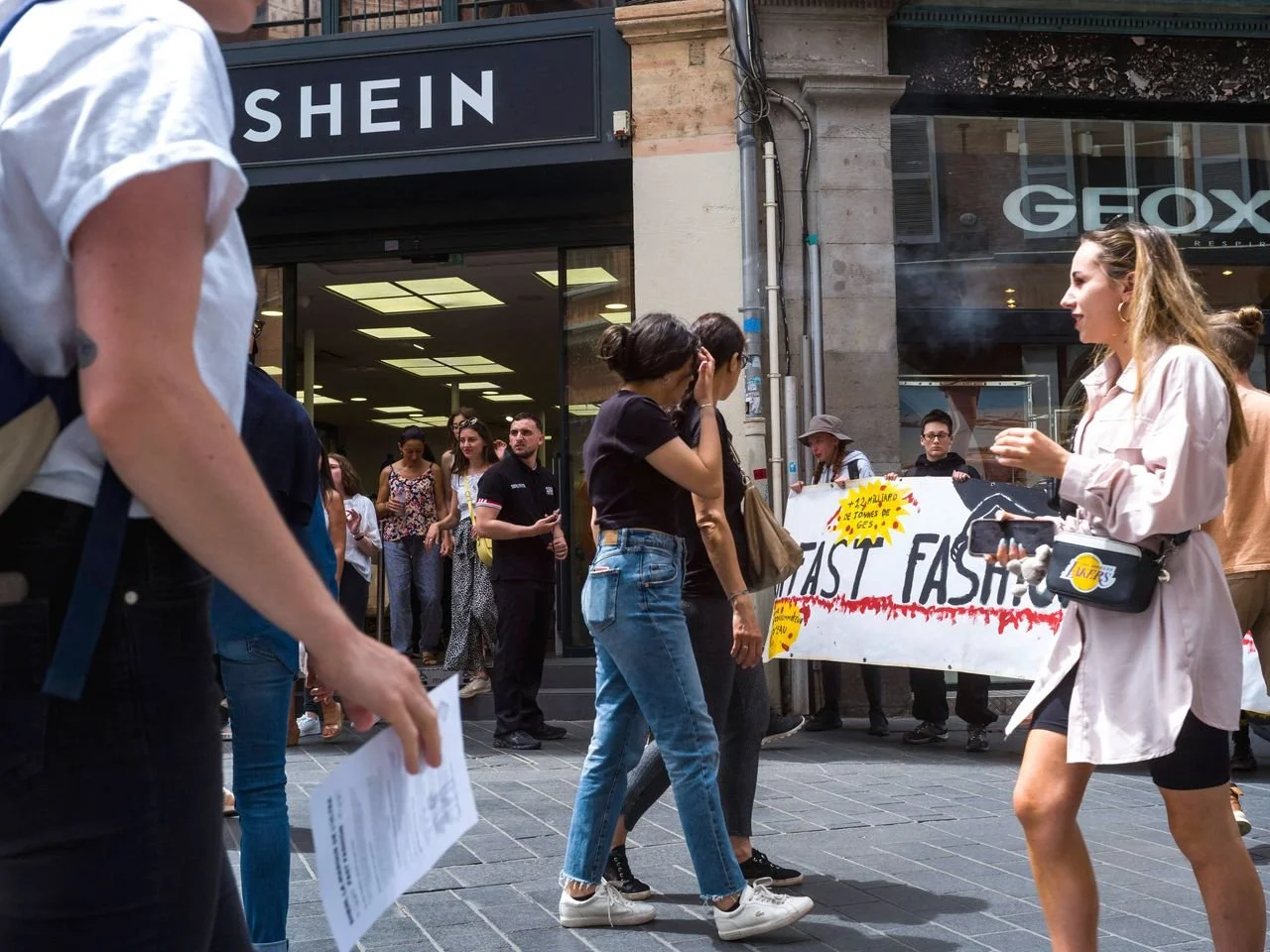The Harsh Realities of SHEIN
By Kathryn Sohm
Of all of the fast fashion retailers popular on TikTok and Instagram, SHEIN is probably the worst. Known for its low prices and questionable quality, SHEIN leads the way in quickly producing both high-fashion dupes (like Telfar and Gucci bags) and rip-offs of other fast fashion brands (like Princess Polly and Brandy Melville). While SHEIN has nearly 30 million followers on Instagram and sends influencers on flashy brand trips, all of its bright colors and sponsored content exist to hide the realities of a deeply unethical brand with countless black marks on its record.
The Start…
SHEIN was started in China in 2008 as a digital wedding dress store and expanded to selling all womenswear in 2012. Now, you can buy from a multitude of categories including beauty products, menswear, and children’s clothing. Prices range typically from $5 to $30 and under their sale section shoppers can purchase items for under $5. Looking through their website, you’ll find lots of trendy clothing items that are popping up all over Pinterest and TikTok; once you notice the price tag, the website seems too good to be true. And trust me, it is.
If you’re a frequent social media user, you’ve seen the “what I ordered vs. what I got” SHEIN hauls almost as much as you’ve seen the influencer brand deals. All memes aside, these online shopping fails are the result of a corrupt trend cycle that’s only quickened due to TikTok. Once an item becomes trendy, whether it’s from Aritzia, Gucci, House of Sunny, you name it, online retailers like Zara, H&M, and SHEIN will have their own lower-quality version for sale within the week. Between July and December of 2021, SHEIN added 2,000 to 10,000 new products to their app daily. Because the items are so mass-produced and quickly produced, the quality is neither consistent nor meant to last.
What a waste
SHEIN ultimately promotes overconsumption, which leads to an extreme amount of waste. The fashion industry (and its supply chain) is the third worst polluting industry in the world, releasing 1.2 billion tons of carbon dioxide per year, more than the shipping and the aviation industry combined. And because so many garments are produced, many are never even purchased and are immediately sent to a landfill.
Violation of human rights?
While I could write about the environmental harm caused by fast fashion for thousands of words more, it’s important to also acknowledge the blatant human rights violations that SHEIN and other fast fashion brands have committed. Long hours, dangerous conditions, poverty wages, and child labor are all normal occurrences for a SHEIN factory. As shoppers become increasingly aware of these workers’ rights violations, you’d think it would lead to a change in how things are done. Unfortunately, shoppers prioritize the price of their garments over environmental and ethical factors.
All of this seems very bleak for the future of our fashion industry, but as a consumer, you hold a lot more power than you realize. By avoiding shopping at SHEIN, H&M, Zara, etc. you can put your money towards more ethical and secondhand brands. The internet is full of resources to educate yourself and information on better companies that deserve your support. Shopping intentionally, along with shopping less, is the best thing you can do as a consumer to make your wardrobe a little greener.




